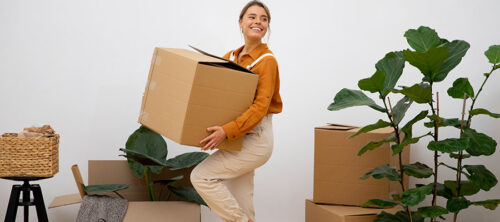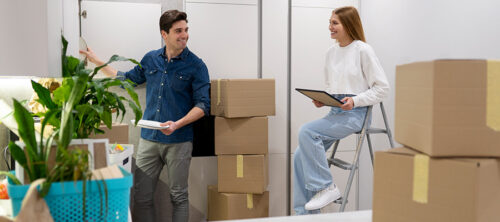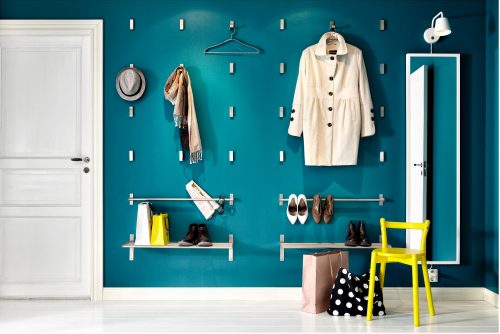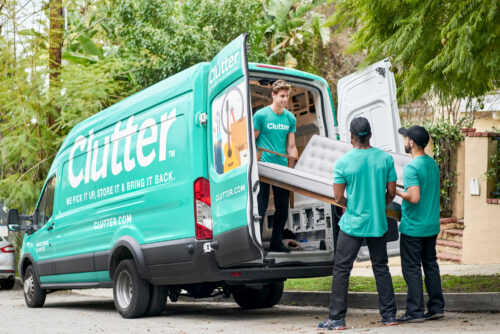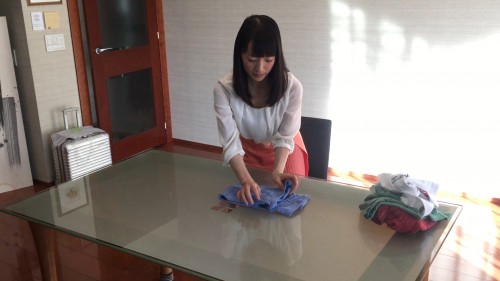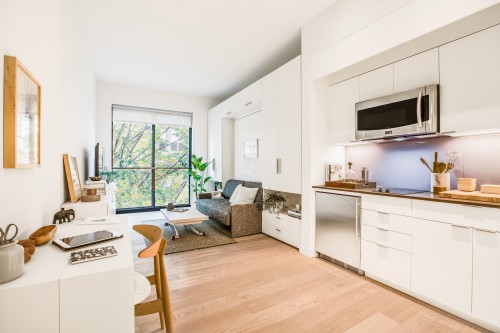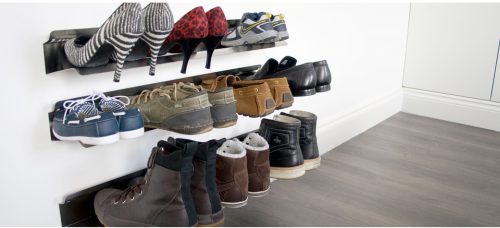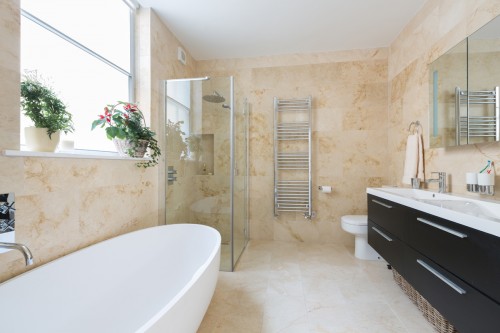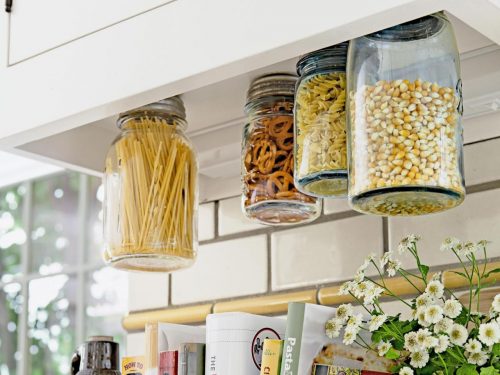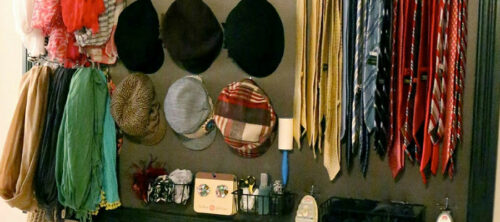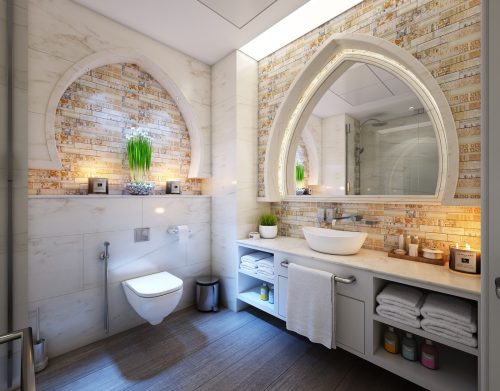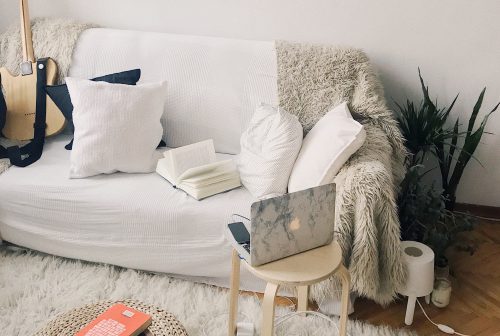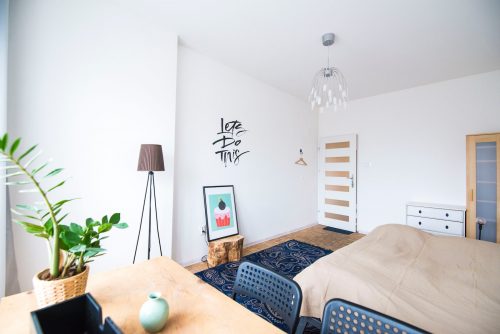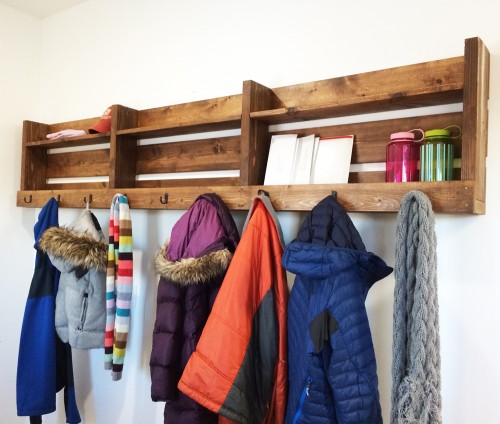TOP 10 ARTICLES OF ALL TIME
Storage & Organizing
See All Posts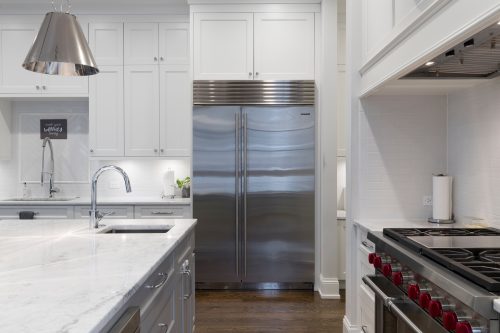
How to Organize Your Fridge: 5 Efficient Hacks for a Tidy Fridge
The holiday season is almost here, and with it, the promise of loads of leftover meals. Soon your fridge will...
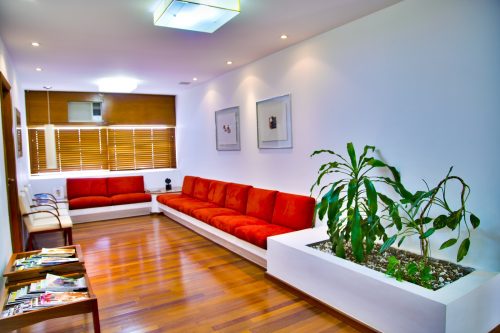
3 Simple Tips to Keep Your Home Tidy All Year Long
Making sure your home is clean, neat, and tidy is a never-ending quest, but it does have its rewards. You...

4 Essential Tips for Moving to a New State
Moving to a new state is something most people do to get a fresh start. In fact, over 35 million...

4 Best Minimalist Apartment Design Ideas
When you rent a place — especially for the first time — you might not feel like you can make...

Tips For Working From Home While Parenting
Our worlds have changed in the past few weeks. While we parents stay indoors, trying to get work done—this new...
DIY & Apartment Hacks
See All Posts
5 Best DIY Apartment Hacks
A comfy, cozy home on a budget is an easy to execute possibility. Plus, all of it can be possible...

Top Interior Design Trends You Need to Know in 2025
Modern designs are all about bringing the natural world inside. These days, we have enough distractions: From our smartphones to...

5 Ways to Have a Wow Work Desk
As you know we spend a substantial amount of time at our workplaces. And a lot of these hours are...
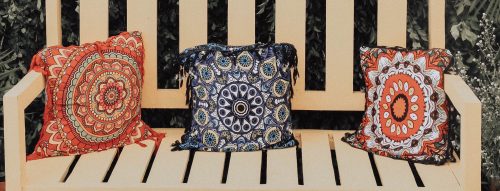
4 Steps to Create the Perfect Entryway
Everyone wants their entryway to look good. That's why you mow the lawn when you'd rather sleep in on a...
Space Savers
See All Posts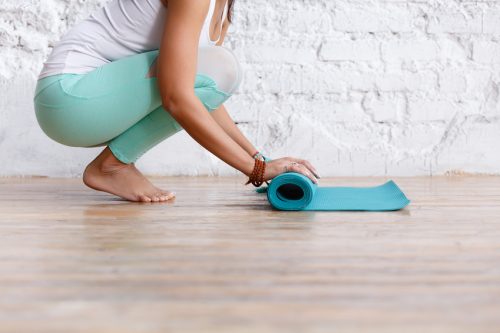
How to Store Your Exercise Equipment: 3 Top Workout Storage Ideas
If you’ve made getting into shape your goal for 2019, you’re not alone. But making a daily trek to the...




